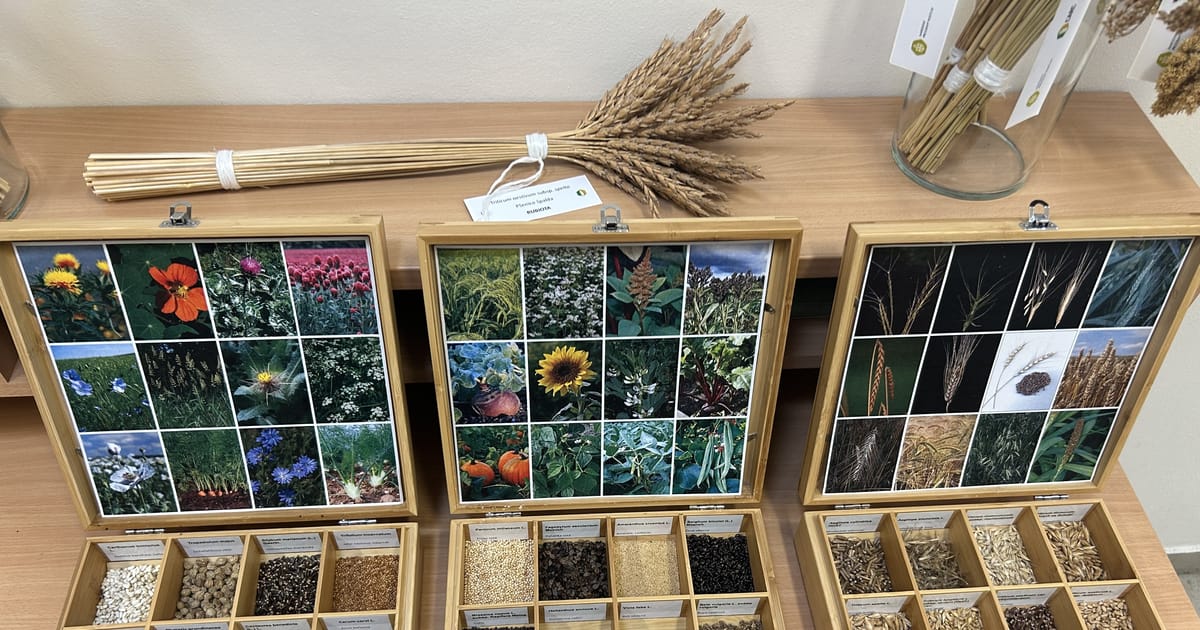The Czech Gene Bank at the National Agricultural and Food Research Centre sent 150 new seed samples to the Svalbard Global Seed Vault. They arrived just in time for one of the three annual windows when the Vault welcomes new seed shipments.
All seed samples must be no more than five years old and in good condition. Before being sent to Svalbard, the new seeds were inspected at the Czech Gene Bank, where they were carefully dried and packaged. Ludmila Papoušková from the National Agricultural and Food Research Centre describes the samples:
“These are truly rare materials — for example, peas of Czech origin. There are also samples of vegetables, oil crops, wheat, barley, and legumes,”
About 300 to 500 seeds of each variety were sent in this consignment. Stored at a constant temperature of –18 °C in Svalbard, the seeds should be able to germinate even decades from now. The same storage conditions are used at the Czech Gene Bank in Prague-Ruzyně, which currently holds over 43,000 samples – from different wheat varieties to tomatoes, squashes, and clover. It holds duplicates of all samples sent to Svalbard, which serve as an additional “safety backup” if something should happen to local collections.
The Svalbard Vault is located in a former coal mine on the Norwegian island of Spitsbergen. Very few people are allowed inside the Vault. However, in February, Dagmar Janovská, head of the Czech Gene Bank, travelled to Svalbard to inspect the 12 Czech boxes already stored there. She described what it is like inside the Vault:
“When I went inside, I was really surprised and amazed. It’s completely apolitical — you can see boxes from Russia, and right above them are boxes from Ukraine. Next to them are boxes from Israel and Syria. This shows that the vault is really about the shared heritage of humanity.”
The boxes containing the seeds are arranged not by country, but by the date they arrived. This makes it easier to check the quality of the seeds in chronological order. Janovská described the boxes:
“We use plastic boxes with a Czech flag and coat of arms on them. But there’s a lot of variety — some countries use metal boxes, and some even use cardboard boxes. Cardboard isn’t officially approved for long-term storage, but if a country has no other option, even a cardboard box is acceptable for storing these genetic resources.”
The vault is managed and funded by the Norwegian government, and storage is provided free of charge. Established 17 years ago, it now houses around 1.3 million seed samples from countries around the world. Its purpose is to protect seeds that may be needed in the future to address challenges such as climate change.
“These are samples we hope we’ll never have to use. It’s like a safe for the most valuable material. As long as we can use our seeds stored here in Prague, we’re in a good position,” says Janovksá.
Czechia sent its first seeds to the vault ten years ago and plans to steadily increase the number of boxes in the coming years.
